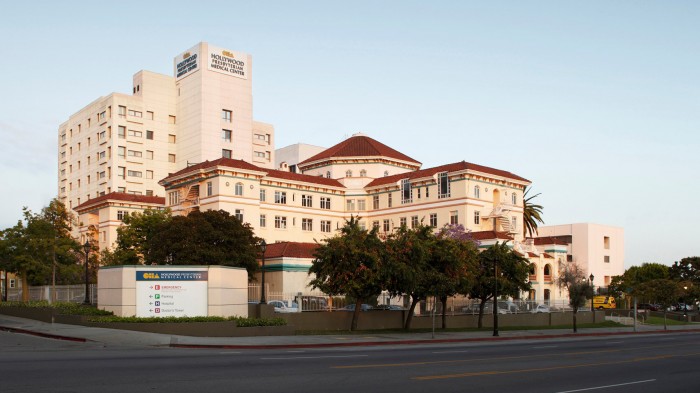Hospital Forced Back to Pre-Computer Era Shows the Power of Ransomware
Malicious software that uses encryption to hold data for ransom has become wildly successful over the last few years. Ransomware, as it is known, now looks to have scored its highest-profile victim yet.
Hollywood Presbyterian Medical Center in Los Angeles was infected by ransomware more than a week ago. The software locked up files throughout the hospital’s IT system and, according to unconfirmed reports, demanded 9,000 bitcoins, more than $3 million, for their return.
The hospital’s computer systems have been shut down ever since. Staff, stuck using paper and fax machines, have struggled to care for patients without access to e-mail or medical records. Some patients have been transported to other hospitals.
Hospitals and other health organizations are sometimes targeted by criminals who want to access medical records for identity theft. But the CEO of Hollywood Presbyterian Medical Center told a local news station that the attack was “random.” That suggests his facility has been hit by one of the many strains of ransomware circulating online, spread through spam e-mails and infected Web pages. It also suggests that the ransom demanded was not really over $3 million, as ransomware typically demands far smaller sums.

The ransomware business model has turned out to be a blockbuster. Security company Bromium estimates that the incidence of attacks doubled in 2015. One leading ransomware package, Cryptolocker 3.0, brought in an estimated $325 million in 2015 alone, according to a group of companies working together at the Cyber Threat Alliance.
Ransomware typically uses standard encryption protocols like those used to legitimately lock up data, which are for practical purposes unbreakable. The ransom demanded is usually around $500 and requested in bitcoins, making it easier for the criminals to collect their money without detection.
The latest ransomware makes use of the Tor anonymity network to prevent its operators from being traced. Some use a “freemium” business model: a victim is allowed to decrypt some data for free to demonstrate that the rest can be returned if he or she pays up.
Many victims do end up paying the ransom—44 percent by one estimate—because once your data has been locked up, there’s not much else you can do. Having good backups that are kept isolated from the main system is the only real way to recover data after ransomware has struck. Some ransomware is able to find and encrypt backups when it infects a system, however.
Hollywood Presbyterian Medical Center is not the first public service body to be crippled by malware. A Mississippi school district had its systems taken down by ransomware earlier this month. Many local police departments in the U.S. have also been hit. Last year, police departments in Massachusetts and Maine even ended up paying roughly $500 apiece to get their data back.
Keep Reading
Most Popular
Large language models can do jaw-dropping things. But nobody knows exactly why.
And that's a problem. Figuring it out is one of the biggest scientific puzzles of our time and a crucial step towards controlling more powerful future models.
How scientists traced a mysterious covid case back to six toilets
When wastewater surveillance turns into a hunt for a single infected individual, the ethics get tricky.
The problem with plug-in hybrids? Their drivers.
Plug-in hybrids are often sold as a transition to EVs, but new data from Europe shows we’re still underestimating the emissions they produce.
Google DeepMind’s new generative model makes Super Mario–like games from scratch
Genie learns how to control games by watching hours and hours of video. It could help train next-gen robots too.
Stay connected
Get the latest updates from
MIT Technology Review
Discover special offers, top stories, upcoming events, and more.